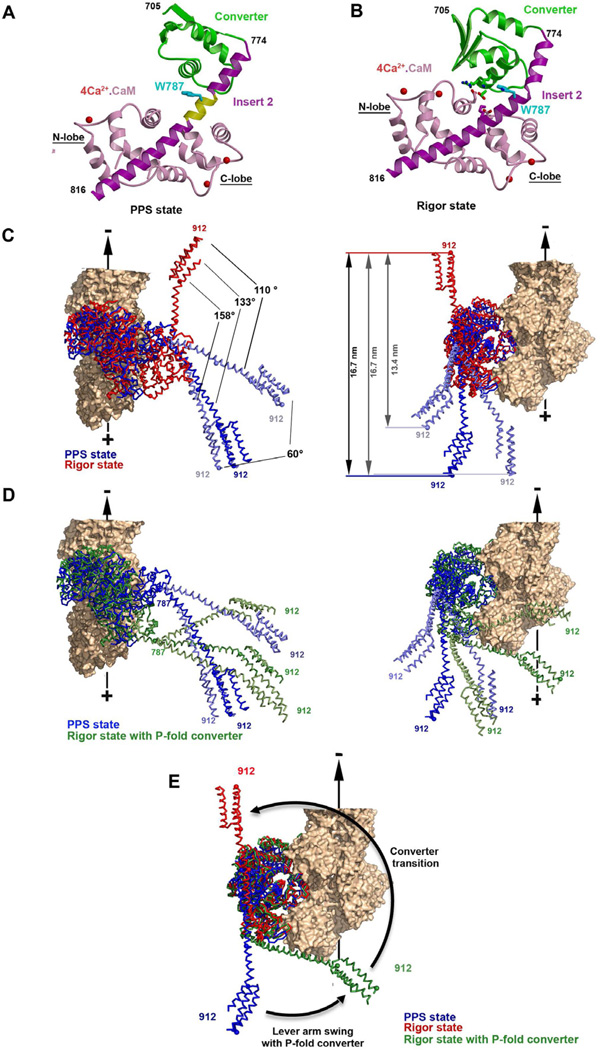Figure 4. The converter-insert2-CaM structural module.
Structures of the converter-insert-2-CaM module for the pre-powerstroke (A) and the rigor-like (B) states are indicated with the same color code as in Figure 1. These show the different conformations of the converter (green), the different bends of the insert-2 helix and the different position of the N-lobe of the CaM relative to the converter. Note that the insert-2 helix is straight in the pre-powerstroke state (A) and no interactions between the converter and the N-terminal CaM takes place. Eight residues (N785 to R792, yellow) of the insert-2 helix are not involved in any interactions. (B) In contrast, the helix is kinked at residue Trp787 in the rigor state, allowing interactions between the converter and the N-lobe of CaM to take place. Some of the salt bridges between the converter and the calmodulin are also shown – see also Supplemental Figure 3 for comparison with the post-rigor state. (C) Incorporating the observed bending in this pliant region allows modeling of lever arm positions (two extremes in light blue) that differ by as much as 60° without creating any steric hindrance. The resulting variability in the stroke size is indicated for a MD-Ins2-IQ-PTD fragment. (D) Using the pre-powerstroke (blue) positions of the lever from C, the post-stroke state (green) is modeled using a converter that has rotated to adopt a position close to that found in MDins2 rigor-like (2BKH, Menetrey et al, 2005), but in the PPS fold was maintained. The results of bending of the pliant region are modeled in light green. Note that the converter rotation without a converter rearrangement allows the lever arm to stay close to its position in the prepowerstroke state (very small stroke size), while a larger azimuthal component would occur for the stroke. However this azimuthal component could be greatly diminished by changes in the pliant region since a ~60° amplitude of movement (light green) is possible. This model shows that the lead head can undergo this converter rotation without much change in the lever arm orientation and position when the rear head impose strain on the lead head.

